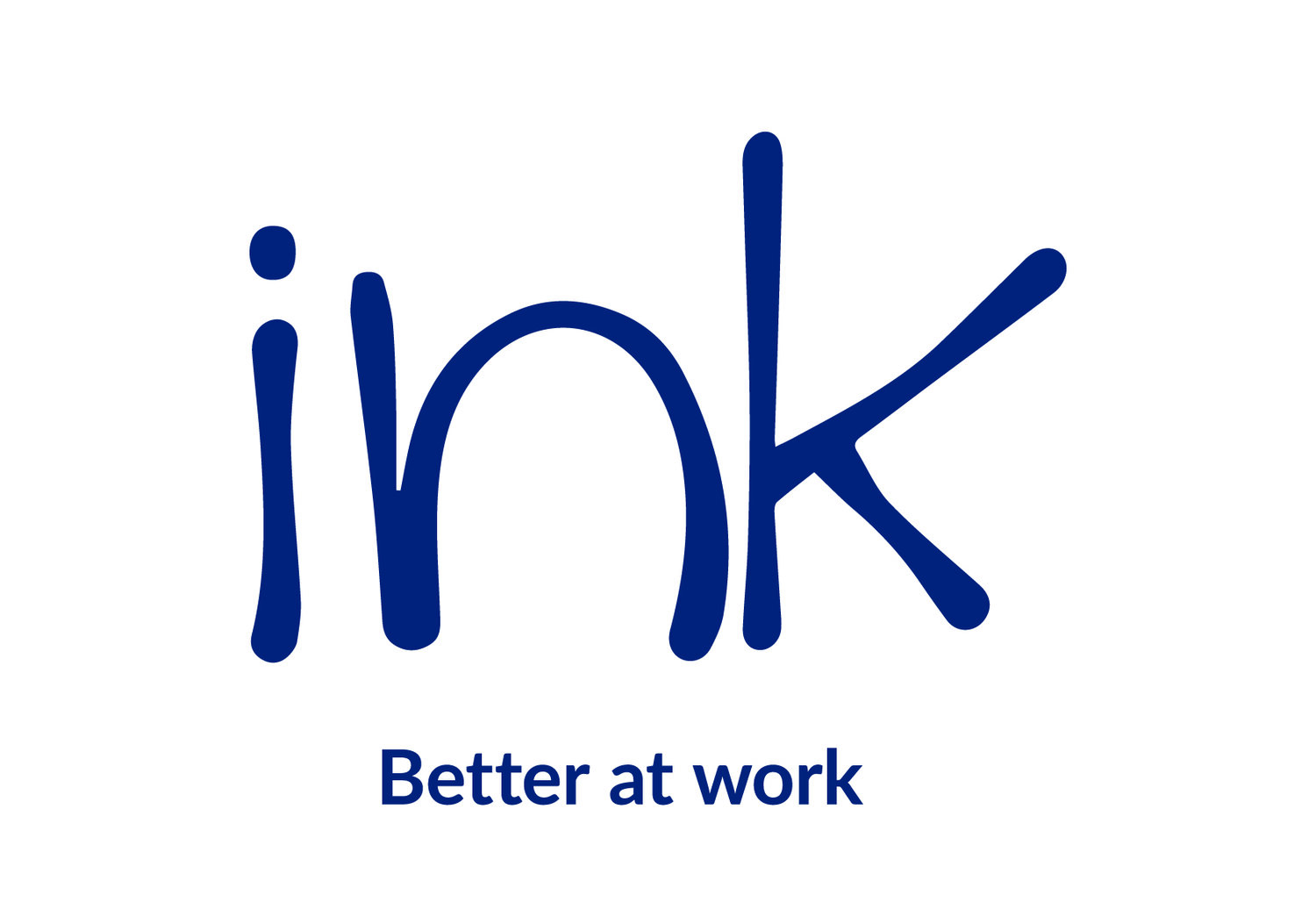Home sweet home?
Respondents to our recent survey on LinkedIn voted 70% in favour of returning to work on a hybrid basis (i.e. at least partially home based) instead of either a full-time return to the office or home-working as standard. These results seem to mirror the consensus drawn from other surveys and reflect the mood music post lockdown … the world of work is changing.
This is great in many ways. We will spend fewer wasted hours clogging up motorways, burning carbon, getting cross with other drivers, and stressing about being late. We will have the opportunity for quiet thinking time without the general interruptions and distractions that a busy office presents. We might even have better ‘non work’ time – rather than eating a sad sandwich in the car park at lunchtime, we can go for a revitalising walk in the local park and maybe stretch the dog’s legs too.
Societally, there is great potential in home working. For example, if working patterns also change to allow for blocks of working time rather than one solid chunk then parents (who might otherwise have been excluded from job opportunities) can do the school run, plug in for a few hours, unplug, and then pick up for a couple of hours when the kids have gone to bed. Home working also opens great doors for talented people who live in the sticks and can’t afford, or don’t want, to relocate to the smog to compete for the best jobs.
But, as with anything that feels new and is not entirely tested, there are some downsides to this modern nirvana and not everyone will benefit. In particular, I think about young people who are just starting out in the world of work. It’s unlikely that they will have a suitable home office space and, even if this isn’t an issue, do they want to be closed away from the people they could meet and the personal and professional development that comes, osmosis-like, from a shared office space? And can we trust that they have the personal and professional discipline to work unsupervised? (I know, before you say it … there are people in their 30s, 40s and 50s who don’t have the personal and professional discipline to work unsupervised either. However, employers will generally give the benefit of the doubt to the long horns, and this is another reason why the home working model may seriously disadvantage young people who are looking to get a break into the world of work.)
Many of our clients are starting to shape policies around home working and we encourage them to think not only of the health and wellbeing of their employees but also of the health and wellbeing of the business as a whole. What, for example, are the cost implications? Some companies are downsizing or entirely closing their shared office space and enjoying the impact on the bottom line. However, there is an intangible cost to such a strategy as the essence of the organisation shifts away from something unique, collegiate and connected, to something rather more vague, dispersed and disconnected. These businesses will have to work hard – or very differently – to maintain their identity as an employer. Only time will tell whether a more individualistic approach to work leads to higher employee turnover and, as a consequence, a far greater spend on the HR budget.
We continue to suggest that our clients treat a default to home working as something of a cultural experiment, right now. It’s shiny and new and quite exciting, but we don’t know whether the generation gaps at work will keep widening as the wise old owls keep themselves and their knowledge at home and the young birds don’t get a chance to take flight. We also don’t know whether, over time, the same employees who feel that home working is a benefit and a bonus will come to view it as an imposition. They may grieve a little for the physical community they have lost and for the separation of work from the sanctuary of home.
